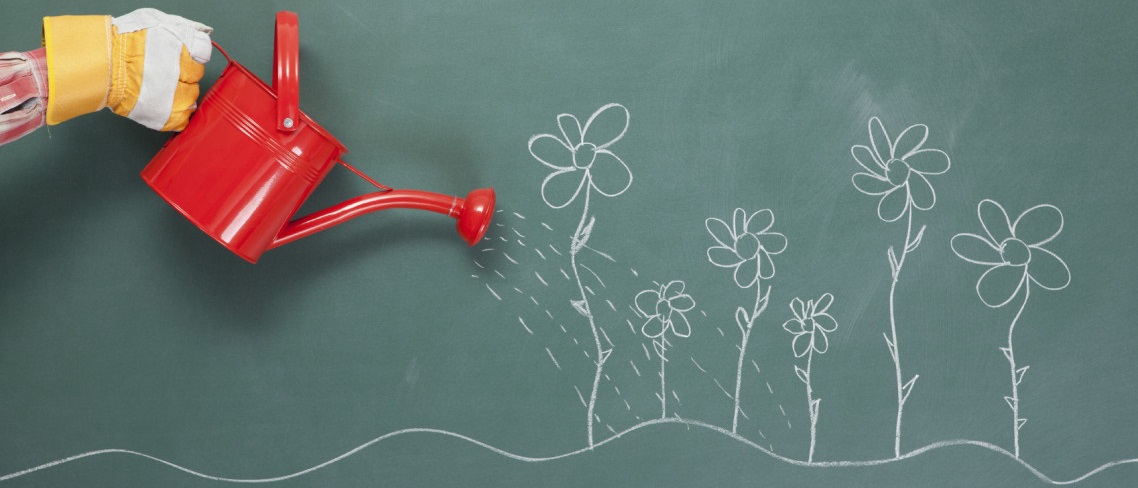Grow in Teaching

Whatever it may be, the New Year provides people with a time to make resolutions that will bring about a positive change in their life. So, I ask you this: if we can do this for ourselves on a personal level, why not do the very same for ourselves professionally, as educators, and for the students we teach every day?
Each year, millions of people, all across the globe, make resolutions. These resolutions are often goals to achieve something personally, whether it is to lose an extra few pounds, exercise daily, or eat right. Whatever it may be, the New Year provides people with a time to make resolutions that will bring about a positive change in their life. So, I ask you this: if we can do this for ourselves on a personal level, why not do the very same for ourselves professionally, as educators, and for the students we teach every day?
The New Year is not only a time for us to change our calendar; it is also a time for change at school. In most schools, the New Year marks the end of the first semester and the beginning of the second. As educators, we should take this time to reflect, set goals, and set a plan of action to bring about positive changes for our students and ourselves.
Reflection
Fine tuning our skills and trying to perfect our art is what makes us innovative, creative, and quality educators. So, here is where I start. In order to make any type of resolutions or goals for myself, I need to take a look back to see the strengths and weaknesses of my teaching practice. What have I done well and what could I have done better?
Set Goals
After this list of strengths and weaknesses has been created, I then sit down to write resolutions and goals for myself. Quite a few factors play into what I want to achieve vs. what is feasible, but ultimately, I have developed a list of goals that I want to achieve for my students and myself. The end goal, therefore, is to have these changes to my teaching practice, affect both my teaching and my students’ learning. This ultimate goal should be kept in every teacher’s mind while completing resolutions during the second semester and beyond.
A Plan of Action
With weight loss, you see your change on the scale. By exercising and eating right, you begin to feel better and have more energy. But, as we are all well aware, how we measure our successes as educators is not necessarily always so clear-cut. From classroom-to-classroom, teacher-to-teacher, school-to-school, each and every situation is different. While writing your goals, it is therefore also important to devise a plan of action. This plan of action is going to be individual to your situation and will be assessed in your classroom and/or school, by means, which you see fit. The plan of action should be something obtainable for you and your students and should also contain a strategic plan of completion.
Sticking With It
The hardest part of any resolution is the follow through. While the idea of losing weight, eating right, and managing that extra tricky classroom can be perfect scenarios in our minds, we often get discouraged along the way there. That is why I encourage you to set a plan that takes you through small increments and goals along the way to reaching your end goal. These small achievements will help to keep you motivated in your quest for the best teaching practice.
A Brighter Future
I am not here to tell you what you need to do and how you should do it to perfect your teaching practice. This problem of practice, course of action, and end goal will be completely devised by you. However, what I can tell you is that, when the end of the year rolls around, you can be one of two teachers. Either you’ll be the teacher that stuck to their guns and didn’t make any changes in their teaching practice, or you’ll be the teacher that was innovative, goal oriented, and willing to make changes for the benefit of your teaching practice and the students’ learning. Let us all choose the latter and work to make 2015 a year of positive change in our classroom and beyond.
